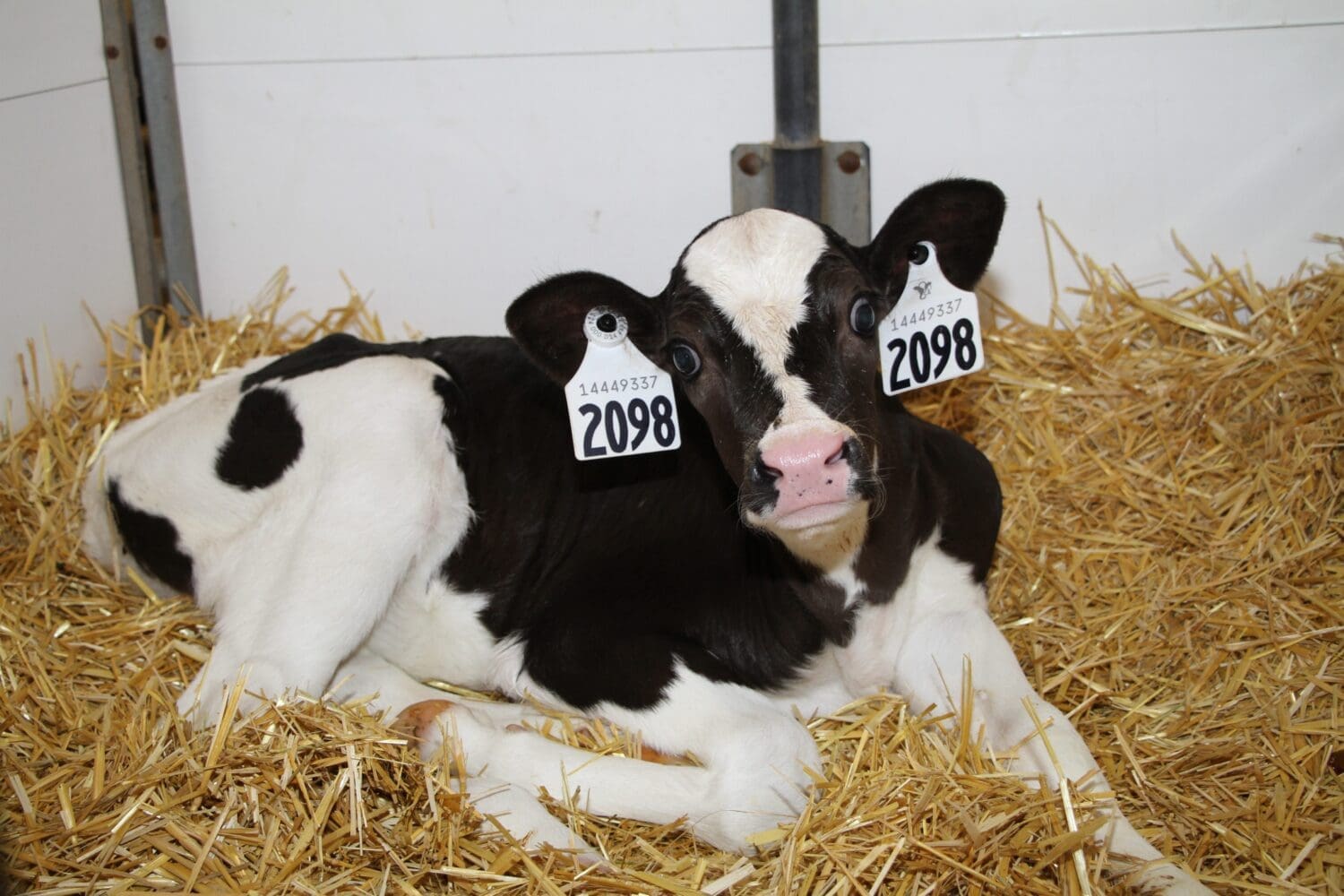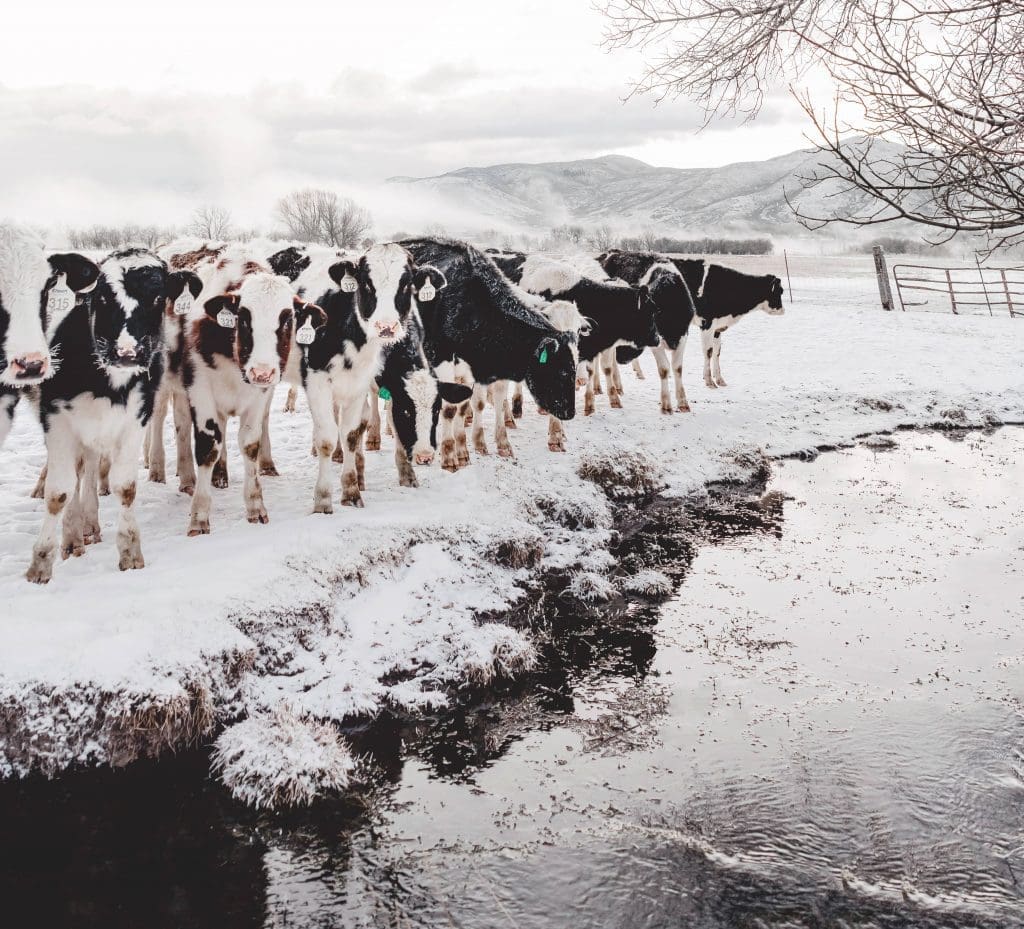
It is now the right time to prepare the facilities for the calves that will be born during the winter season.
Whether housed indoors or outdoors, the needs of calves in winter are different from the rest of the year.
Why are they different? It has to do with the thermal neutrality zone (i.e. the temperature range where the calf does not expend any energy to maintain its body temperature – between 38.5 and 39.5 degrees Celsius) which is often difficult to reach.
Indeed, calves under one month of age have a TNZ (thermo-neutral zone) between 10 and 25 degrees Celsius. Each degree below the minimum threshold requires 1% more energy input. For example, when the temperature is -20 degrees Celsius, calves in hutches will need 30% more energy. This is equivalent to a 3rd mid-day milk feeding. In all cases, the energy ingested by the calf will be used first for thermoregulation, then for growth.
Here are a few practices to put in place to help the succession of our herd:
- Litter : in quantity and always dry. Give priority to long straw so that the calf can make a nest.

- Coats: to put on once temperatures remain below the TNZ. Wash them between calves, and make sure newborns are dry before putting on the coat.
- If temperatures change, check that calves are not sweating; if they are, it is important to remove the coats.
- Diet: It is also a good time to review the milk feeding plan. As written earlier, a 3rd meal for calves in oysters is very beneficial for their health and growth. A gradual increase is always desirable, and maintain this extra milk throughout the winter.
- Also check the temperature of the milk served (38 to 40 degrees Celsius).
- Fresh feed should be offered at will.
- Ventilation : indoors, there are two points to consider. No drafts should be measured at the calves.
- A draft is considered to exist when the wind speed is greater than 0.3 metres per second (60 feet per minute).
- However, a minimum air change is suggested to remove ammonia and moisture. This is set at 4 per hour in winter.
- Water : It is the most important nutrient from a young age, even in winter! This is a challenge for outdoor calves! Smaller and more frequent amounts will allow for feed intake (which is an important source of energy), good digestion and good preparation for weaning.
- It also helps thermoregulation when served warm.
- The best way to find out if the winter season is a drag on calf growth in your operation is to take data and analyze it.
Questions to ask yourself:
- For example, do calves double their birth weight at weaning (about 60 days)?
- Is an average daily gain of 1000 g/day achieved?
- Does the quality of the colostrum provide a good start for the calf’s immunity? Of course, without measuring it, it is difficult to know!
Finally, all protocols implemented should be shared and explained with everyone involved in calf rearing, so that the work of the team brings good results!s!



